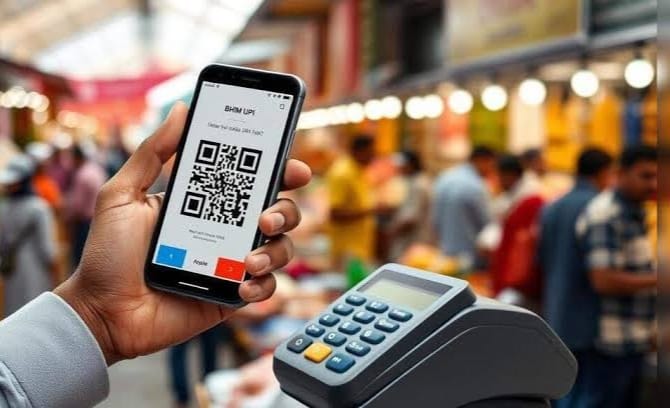
Follow WOWNEWS 24x7 on:

The National Payments Corporation of India (NPCI) is making a major move in the digital payments world. As part of its aggressive campaign against financial fraud, NPCI has announced it will permanently halt Unified Payments Interface (UPI) ‘pull’ transactions — also known as collect requests — across all banks and apps starting October 31, 2025. This major policy change marks a turning point in India’s rapidly growing digital ecosystem, directly affecting how person-to-person payments are made and safeguarded.
Key Highlights
NPCI directs banks and fintechs to discontinue recipient-initiated ‘pull’ payments by October 31, 2025.
The decision targets scams where users are tricked into unknowingly authorising payments.
Pull transactions have accounted for only around 3% of UPI volume, but their risk is disproportionately high.
UPI recorded 19.4 billion transactions in July 2025 as digital payment usage soars.
Reserve Bank of India data: payment card and digital fraud cases more than doubled in FY25 to 29,000 — with losses jumping to Rs 1,457 crore.
Background: What Are UPI ‘Pull’ Transactions?
Push transactions: The payer initiates payment by sending money directly.
Pull transactions: The recipient sends a ‘collect’ request, which the payer authorises after receiving a notification and entering their PIN.
Rising Threats and NPCI’s Rationale
The pull feature, originally designed to make bill splits and payments seamless, has emerged as a soft target for scammers. Fraudsters exploit it by posing as merchants or service providers and sending fraudulent collect requests. Many users, confused by these requests or believing them to be legitimate, inadvertently authorise payments to scammers.
NPCI capped the maximum pull transaction at Rs 2,000 per request in 2019, hoping to reduce losses, but persistent misuse and new scam tactics have led to today’s stronger action.
Recent months saw a surge in online payment fraud, with fraudsters successfully extracting significant sums from unsuspecting citizens.
How the Change Will Work
Effective immediately, banks and apps will block new pull requests and phase out the functionality completely by October 31.
UPI transactions will henceforth rely solely on push payments, which require direct user action and consent, thereby reducing the window for scams.
Industry Response and Expected Impact
Payment service providers, banks, and UPI app developers are rushing to update systems, notify customers, and educate users about the change.
The low share of pull transactions (just 3%) suggests minimal disruption for genuine users but a major leap for consumer protection.
Merchants and peer-to-peer payment features will need to adapt to push-only flows.
Experts say phasing out pull transactions may cut one of the most common fraud vectors, but warn scammers could seek new avenues.
Statistics and Broader Context
UPI handled 19.47 billion transactions in July 2025—up 35% year-on-year.
The overall transaction value stood at Rs 25.08 trillion for the month.
RBI data indicates digital fraud now accounts for more than half of all banking fraud incidents, highlighting the urgency of the NPCI’s measures.
Recent Related UPI Security Measures
Daily caps on balance enquiries and account views since August 1 to prevent system overload and tighten account security.
Stricter retry logic for UPI autopay to prevent failed mandates and reduce transaction spikes in peak hours.
NPCI guidance to banks on improved customer consent mechanisms and data transparency.
Conclusion
NPCI’s decisive move to end UPI pull transactions reflects the realities of escalating digital threats in India’s financial landscape. With fraud cases mounting and users’ trust at stake, disabling a high-risk feature is seen as a necessary step for safer banking. Consumers and businesses must now adapt to push-initiated payments — a shift that promises to boost security, even as it redefines everyday payment habits
Source: ET Edge Insights, Economic Times, Times of India, Outlook Business, and NPCI industry circulars.


